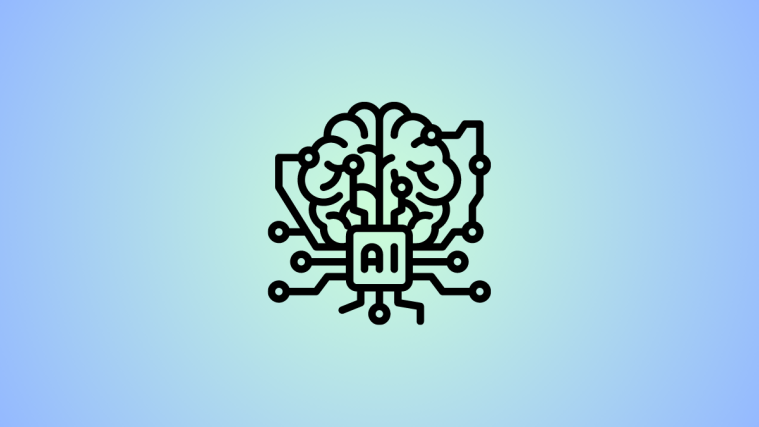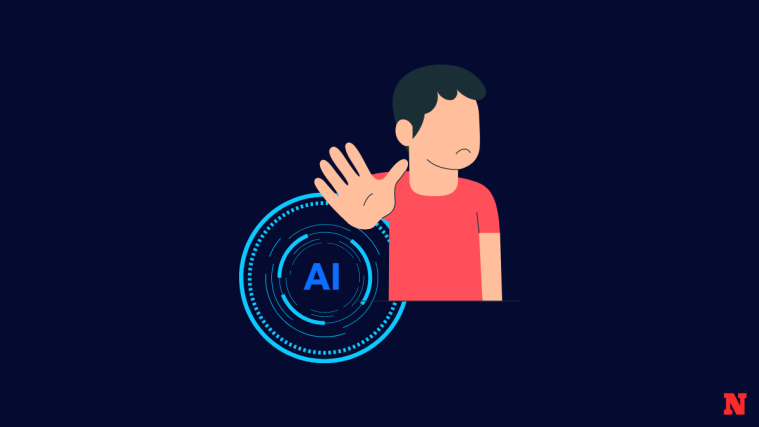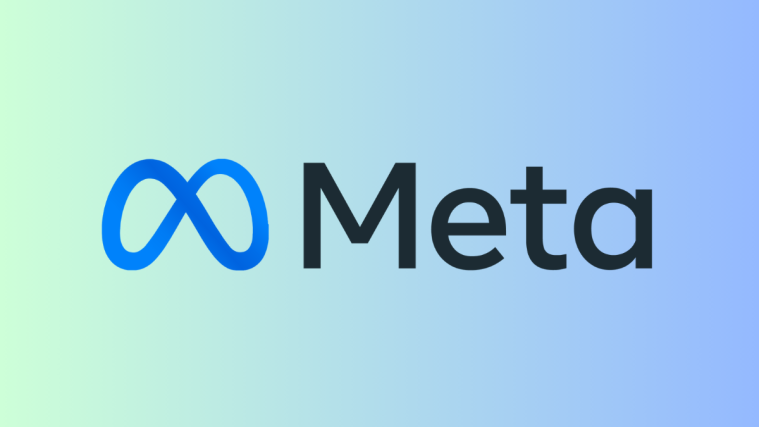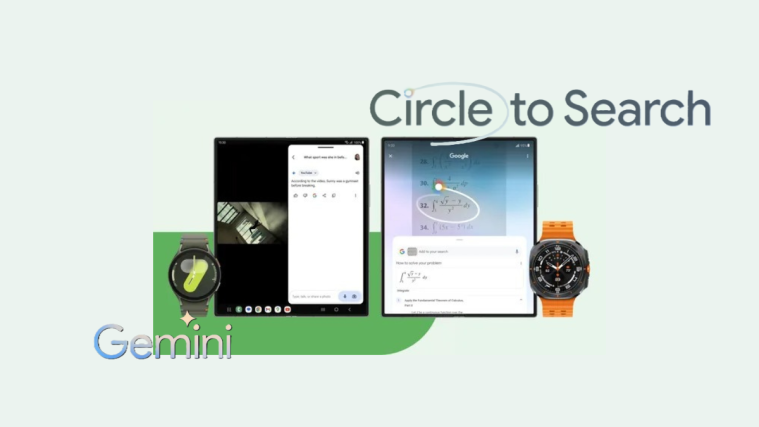What to know?
- Both BabyAGI and Auto-GPT are autonomous AI agents that can be used to generate multiple tasks to accomplish a main goal.
- BabyAGI uses GPT-4, LangChain, Pinecone, and Chrome to create and execute tasks while Auto-GPT release on OpenAI’s GPT-4 and GPT-3.5 to get things done.
- Auto-GPT is good at generating text-rich content and images while BabyAGI is useful for decision-making sectors like autonomous driving and robotics.
ChatGPT is a powerful AI tool in itself but when it comes to accomplishing a project, it requires human interference as you need to enter new prompts every step of the way. To make this job easier, developers have created autonomous AI agents that can accomplish multiple tasks when given a main objective.
In this post, we’ll be comparing two of these AI agents – BabyAGI and Auto-GPT to see how they differ from each other in structure, technique, and purpose and help you find out which tool might be perfect for you.
Related: Auto-GPT vs ChatGPT: All You Need to Know
What is BabyAGI?
BabyAGI is an autonomous Artificial General Intelligence developed by Yohei Nakajima that generates and performs tasks based on the objective you feed. It uses a Python script that leverages different technologies from OpenAI, Pinecone, LangChain, and Chroma to automate tasks to reach a specific objective.
While AI tools like ChatGPT use language models to interpret your queries and provide responses, BabyAGI uses language models to create a task list that’s required to reach an objective. Upon creating a task list, the AI agent will execute them one by one and then create more tasks based on results from the previous tasks for as long as the objective is met.
Related: How to Set Up and Use Agent GPT
BabyAGI vs Auto-GPT: How do they differ?
You can use both BabyAGI and AutoGPT to accomplish a set objective and the results you get from both of them would more or less be the same. However, the process of reaching the objective and the way both of these tools approach it is what makes them different.
1. Structure
BabyAGI uses OpenAI’s GPT-4 model as its core language element along with the coding framework LangChain, vector database Pinecone, and Chrome. All of these technologies are incorporated using a Python script to create a bunch of AI agents that can accomplish a set of tasks to reach a predefined objective.
Auto-GPT uses the same GPT-4 model from OpenAI but combines it with GPT-3.5 to achieve an objective. When an objective is specified, Auto-GPT generates codes to create tasks using GPT-4, and the results of these tasks are saved and processed with GPT-3.5 which is essentially used as a virtual memory space for previous tasks.
2. Technique
When an objective is entered into BabyAGI, it creates multiple tasks and executes them one at a time in such a way that the results of one task determine the next one. With the help of Pinecone and LangChain, the AI agent can retain a long-term memory of tasks and events which makes fetching information faster to achieve an objective efficiently. Since the process involves decoding results from previous tasks by trial and error, BabyAGI can make complex decisions without losing track of the predefined objective.
Auto-GPT, meanwhile, is designed to create and run multiple tasks at once using GPT-4 and create an artificial memory space using GPT-3.5 to store results from previous tasks. It can generate additional content using apps and services on the internet as well as data stored locally on a computer to help make better decisions. Although Auto-GPT has wider access to data sources, it may sometimes extract unlabeled data without proper direction for generating extensive results.
3. Purpose
Since Auto-GPT is trained to provide human-like text responses, they’re useful for generating content, summarizing texts, and translating the text into more than a dozen languages. With access to services from the internet and local files, Auto-GPT can be used to create detailed textual content based on a single objective. It can essentially be used as an alternative to ChatGPT where you may be required to enter multiple prompts to generate the same type of content in a detailed manner.
BabyAGI, on the other hand, has human-like cognitive capabilities which makes it useful for tasks that require controlling parameters and making decisions. With the right set of objectives, you can take advantage of BabyAGI in the field of cryptocurrency trading, autonomous driving, robotics, and even gaming.
4. Results
BabyAGI is trained with real-world scenarios and simulated environments to complete complex tasks faster and with precision. When equipped with relevant data, BabyAGI may be able to produce accurate results faster without losing focus on the original objective.
However, its performance is only as good as the extent of its training data because BabyAGI is trained on real-world scenarios and simulated environments. It doesn’t have access to apps and services available on the internet, making its usage limited to certain fields.
Auto-GPT has access to the internet which makes it easier to search for information. It can gather data from internet services like apps, websites, books, documents, and articles and use it to complete tasks required to reach your objective. There are pros and cons to this aspect of Auto-GPT as the additional data can make it create more descriptive content but can also generate less accurate results since the tool may extract content from unlabeled data without supervision.
Since it’s designed to run multiple tasks at once, Auto-GPT can sometimes lose track of the main objective when it gets stuck on accomplishing one of the generated tasks.
Related: ChatGPT vs Bard: 5 Main Differences
What does BabyAGI do that Auto-GPT doesn’t?
BabyAGI is good at certain tasks where you won’t be able to use Auto-GPT.
- It has long-term memory since it uses LangChain and Pinecone to store and retrieve information, thus fetching results faster than Auto-GPT.
- Since BabyAGI can constantly learn feedback from prompts and task results on a trial-and-error basis, it’s capable to make human-like cognitive decisions.
- Its decisiveness makes it an effective tool for cryptocurrency trading, robotics, and autonomous driving.
- BabyAGI is also equipped to write and run codes to meet certain objectives.
Related: 11 Ways to Talk to ChatGPT on PC or Phone
What does Auto-GPT do that BabyAGI doesn’t?
There are some key things that Auto-GPT is good at doing than BabyAGI.
- Auto-GPT can access more data when generating a response for your predetermined objective. It can gather content from internet apps and services like websites, articles, and books to look for information on a specific subject.
- It can generate human-like texts with high quality because of its extensive training data making it useful for sending emails, preparing reports, and market research.
- In addition to GPT-4, Auto-GPT also has access to OpenAI’s DALL-E making it useful for image generation which BabyAGI isn’t capable of.
- Auto-GPT offers a text-to-speech feature that can be incorporated using a simple code in the Python script. BabyAGI currently doesn’t provide voice command functionality.
That’s all you need to know about how BabyAGI differs from Auto-GPT.
Related: 5 Best AI Essay Checker Tools






Excellent/ Well written. Loved the comparisons and the time it took to get through the data.